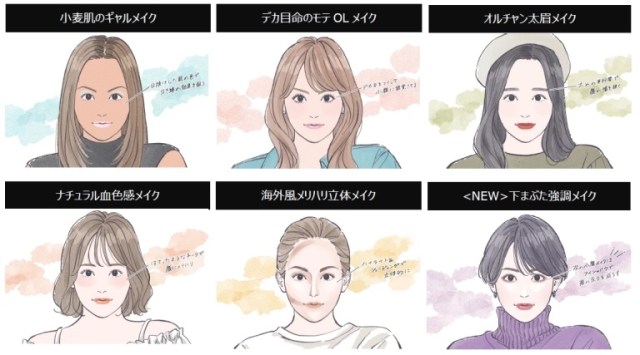
The evolution of techniques for chasing Japan’s kogao ideal.
They say the only constant is change, and that’s definitely true for fashion and beauty trends. Especially in a country like Japan where people take so much pride in their personal appearance, the definition of the “in” look is always evolving, and Japanese cosmetics maker Kate recently took a look back at Japan’s major makeup trends of the past 25 years.
The journey begins in the late 1990s with the “suntanned gyaru” look which skyrocketed in popularity as the fashionable young ladies of Japan drew inspiration from J-pop recording star Namie Amuro. But they weren’t just applying bronzer in admiration of the tropical tanning properties of the sunshine in Amuro’s home prefecture of Okinawa, but also to help achieve the coveted kogao look. Kogao literally translates to “small face” and refers to defined yet delicate facial characteristics, and many felt that the bronze foundation that was in vogue in this period helped bring their facial features visually closer together.
The next stop on the cosmetics timeline is the late 2000s, with the “mote OL” (“popular office lady”) look. The objective here was to make the rest of the face look smaller by making the eyes bigger. Upward-angling eyebrows and volume-boosting mascara worked towards that effect, while foundations went back to lighter shades.
The early 2010s came with a sudden boom in the popularity of Korean pop music in Japan, and with it increased admiration for K-pop idols’ makeup techniques. This became known as the “oruchan makeup” style, coming from an approximated pronunciation of a Korean phrase for “beautiful girl,” and was characterized by thick eyebrows with very little arch. This helped bring the face’s perceived center lower for a kogao result.
The “natural ruddy” look came next, with the trend getting started around 2015. The name might sound like a contradiction at first, but the ideal here was to keep most of your makeup looking natural, almost as if you weren’t wearing any, while applying plenty of blush to the cheeks. Ideally, it’d look sort of like your cheeks were flushed with color after stepping out of a hot bath, and by differentiating them from the rest of your face, give the rest of your features a tidy kogao look.
Around the same time the natural ruddy style was rising in popularity, many Japanese women also started employing contouring makeup techniques. Applying highlights and shading is an alternate way to compartmentalize various sections of the fact and create the user’s desired sense of feature spacing.
And last, Kate offered its prediction on what the next trend is going to be. Making the pretty safe estimate that the kogao look is going to remain in fashion, Kate thinks the next technique will be a variation on the “mote OL” look, but with a 180-degree twist. Instead of accenting the features above the eyes in order to make the eyes look bigger, Kate predicts that the next trend will be to shift the focus to below the eyes. By using eye shadow underneath and to the side of the eyes, the cheeks become visually smaller, making the nose and mouth appear more compact as well.
Well just have to wait and see if Kate decides to test out those new techniques on its newest spokesmodel, anime Evangelion’s Rei Ayanami.
Source, images: PR Times
● Want to hear about SoraNews24’s latest articles as soon as they’re published? Follow us on Facebook and Twitter!
[ Read in Japanese ]

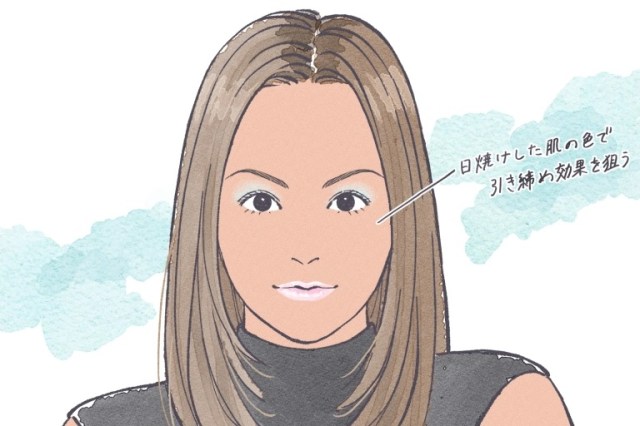
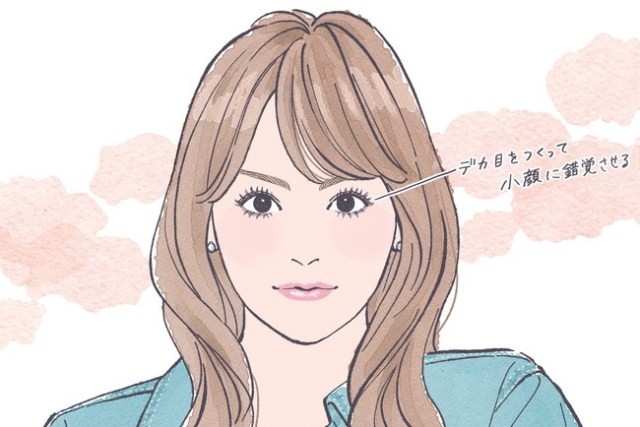
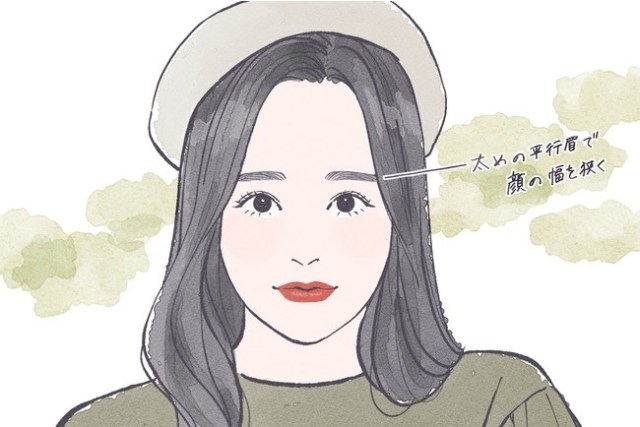
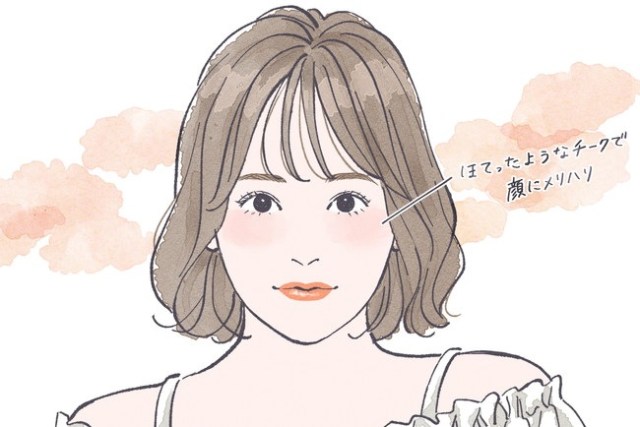
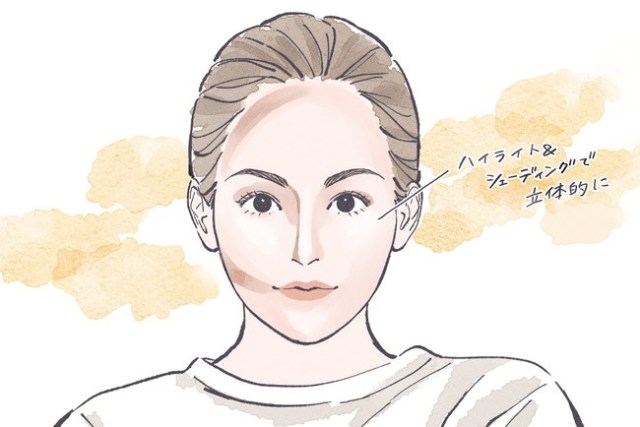
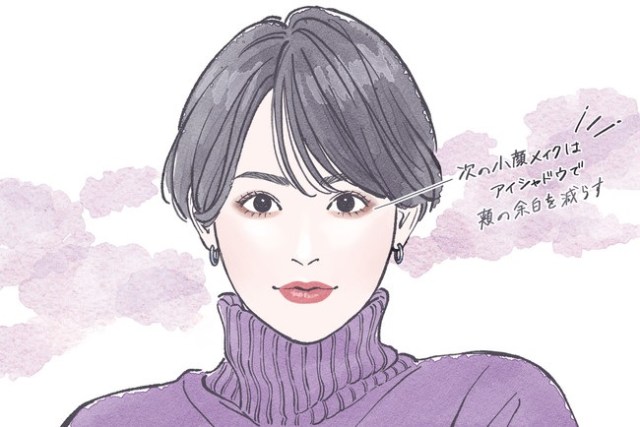
 Do this Japanese cosmetics company’s “small face” masks make a big difference in your beauty?
Do this Japanese cosmetics company’s “small face” masks make a big difference in your beauty? Adorable Japanese kitty is having the time of his nine lives with this face massager 【Video】
Adorable Japanese kitty is having the time of his nine lives with this face massager 【Video】 We copy the look of Matt, Japan’s hottest male model as SoraNews24’s Meg becomes Mett
We copy the look of Matt, Japan’s hottest male model as SoraNews24’s Meg becomes Mett Can these masks give you Japan’s kogao “small-face” ideal? Let’s find out!【Experiment】
Can these masks give you Japan’s kogao “small-face” ideal? Let’s find out!【Experiment】 Turn yourself into a dewy-eyed manga heroine with Kate Tokyo’s “Manga-Genic” eyeliner set
Turn yourself into a dewy-eyed manga heroine with Kate Tokyo’s “Manga-Genic” eyeliner set Japan’s new difficult-to-drink-from beer glass protects your liver, but it’s a brutal experience
Japan’s new difficult-to-drink-from beer glass protects your liver, but it’s a brutal experience Demon Slayer: Kimetsu no Yaiba gets new roller coaster attractions and food at Universal Studios Japan
Demon Slayer: Kimetsu no Yaiba gets new roller coaster attractions and food at Universal Studios Japan How to order snacks on a Shinkansen bullet train in Japan
How to order snacks on a Shinkansen bullet train in Japan Burger King Japan suddenly adds Dr. Pepper and Dr. Pepper floats to its menu nationwide
Burger King Japan suddenly adds Dr. Pepper and Dr. Pepper floats to its menu nationwide New Pokémon ice cream, dessert drinks, and cool merch coming to Baskin-Robbins Japan【Pics】
New Pokémon ice cream, dessert drinks, and cool merch coming to Baskin-Robbins Japan【Pics】 Caffeinated ramen for gamers that you can eat with one hand going on sale in Japan
Caffeinated ramen for gamers that you can eat with one hand going on sale in Japan New samurai glasses are Japan’s latest weird must-have souvenir
New samurai glasses are Japan’s latest weird must-have souvenir McDonald’s adds new watermelon frappe and fruity macaron to its menu in Japan
McDonald’s adds new watermelon frappe and fruity macaron to its menu in Japan Princesses, fruits, and blacksmiths: Study reveals the 30 most unusual family names in Japan
Princesses, fruits, and blacksmiths: Study reveals the 30 most unusual family names in Japan We check out the local flavors of the commonly confused Ome and Aomi areas of Tokyo in one day
We check out the local flavors of the commonly confused Ome and Aomi areas of Tokyo in one day Nintendo history you can feel – Super NES, N64, and GameCube controllers become capsule toys
Nintendo history you can feel – Super NES, N64, and GameCube controllers become capsule toys Hello, cosmetics! Clinique teams up with Hello Kitty this summer for first-time collaboration
Hello, cosmetics! Clinique teams up with Hello Kitty this summer for first-time collaboration “The most Delicious Cup Noodle in history” – Japan’s French Cup Noodle wins our heart【Taste test】
“The most Delicious Cup Noodle in history” – Japan’s French Cup Noodle wins our heart【Taste test】 Starbucks releases a cute Frappuccino and Unicorn Cake…but not in Japan
Starbucks releases a cute Frappuccino and Unicorn Cake…but not in Japan Kyoto Tower mascot termination reveals dark side behind cute Japanese characters
Kyoto Tower mascot termination reveals dark side behind cute Japanese characters McDonald’s Japan’s Soft Twist Tower: A phantom ice cream only sold at select branches
McDonald’s Japan’s Soft Twist Tower: A phantom ice cream only sold at select branches Yabai Ramen: What makes this Japanese ramen so dangerous?
Yabai Ramen: What makes this Japanese ramen so dangerous? Finally! Nintendo Japan expands Switch 8-bit controller sales to everybody, Online member or not
Finally! Nintendo Japan expands Switch 8-bit controller sales to everybody, Online member or not Japanese government wants to build luxury resorts in all national parks for foreign tourists
Japanese government wants to build luxury resorts in all national parks for foreign tourists To combat declining birth rate, Japan to begin offering “Breeding Visas” to foreigners
To combat declining birth rate, Japan to begin offering “Breeding Visas” to foreigners 10 things you should buy at 7-Eleven in Japan
10 things you should buy at 7-Eleven in Japan Studio Ghibli releases anime heroine cosplay dresses that are super comfy to wear
Studio Ghibli releases anime heroine cosplay dresses that are super comfy to wear Woman charged for driving suitcase without a license in Osaka
Woman charged for driving suitcase without a license in Osaka Studio Ghibli unveils My Neighbour Totoro miniature house model
Studio Ghibli unveils My Neighbour Totoro miniature house model Kyoto experiencing problems with foreign tourists not paying for bus fares, but not on purpose
Kyoto experiencing problems with foreign tourists not paying for bus fares, but not on purpose Fighting mild hunger with a Japanese soda that turns into jelly in the stomach【Taste test】
Fighting mild hunger with a Japanese soda that turns into jelly in the stomach【Taste test】 Studio Ghibli’s Howl’s Moving Castle tapestry unveiled in Japan for first time
Studio Ghibli’s Howl’s Moving Castle tapestry unveiled in Japan for first time McDonald’s new Happy Meals offer up cute and practical Sanrio lifestyle goods
McDonald’s new Happy Meals offer up cute and practical Sanrio lifestyle goods Sales of Japan’s most convenient train ticket/shopping payment cards suspended indefinitely
Sales of Japan’s most convenient train ticket/shopping payment cards suspended indefinitely Sold-out Studio Ghibli desktop humidifiers are back so Totoro can help you through the dry season
Sold-out Studio Ghibli desktop humidifiers are back so Totoro can help you through the dry season Japanese government to make first change to romanization spelling rules since the 1950s
Japanese government to make first change to romanization spelling rules since the 1950s Foreigner’s request for help in Tokyo makes us sad for the state of society
Foreigner’s request for help in Tokyo makes us sad for the state of society Ghibli founders Toshio Suzuki and Hayao Miyazaki contribute to Japanese whisky Totoro label design
Ghibli founders Toshio Suzuki and Hayao Miyazaki contribute to Japanese whisky Totoro label design Doraemon found buried at sea as scene from 1993 anime becomes real life【Photos】
Doraemon found buried at sea as scene from 1993 anime becomes real life【Photos】 Tokyo’s most famous Starbucks is closed
Tokyo’s most famous Starbucks is closed Beautiful YouTuber shows Japanese and Korean makeup trend differences in half-faced comparison
Beautiful YouTuber shows Japanese and Korean makeup trend differences in half-faced comparison Anya makeup how-to for transforming into the Spy x Family star for Halloween or cosplay
Anya makeup how-to for transforming into the Spy x Family star for Halloween or cosplay Japan’s newest lipstick model is…anime’s Rei Ayanami?!?
Japan’s newest lipstick model is…anime’s Rei Ayanami?!? Our cat-loving reporter decided that this year, for Japan’s Cat Day, she’d become a jellicle cat
Our cat-loving reporter decided that this year, for Japan’s Cat Day, she’d become a jellicle cat Virtual model imma to pose in fashion magazine with real models, advertising makeup brand KATE
Virtual model imma to pose in fashion magazine with real models, advertising makeup brand KATE Japan’s number one cosplayer Enako wows crowds at Halloween event in Tokyo
Japan’s number one cosplayer Enako wows crowds at Halloween event in Tokyo On Halloween, turn any character into a wounded zombie version with these few simple steps【Pics】
On Halloween, turn any character into a wounded zombie version with these few simple steps【Pics】 Mobile purikura comes to your phone with new face-slimming lens
Mobile purikura comes to your phone with new face-slimming lens Korean makeup artist transforms herself into Taylor Swift in mind-blowing makeup tutorial 【Video】
Korean makeup artist transforms herself into Taylor Swift in mind-blowing makeup tutorial 【Video】 e.l.f. Cosmetics delights Frozen fans with an Elsa makeover in a book
e.l.f. Cosmetics delights Frozen fans with an Elsa makeover in a book Who shall I be today? The amazing makeup skills of Zawachin
Who shall I be today? The amazing makeup skills of Zawachin This year’s Revlon Lucky Bag is not only totally worth buying but easy to get, too
This year’s Revlon Lucky Bag is not only totally worth buying but easy to get, too “Korean girls try to open their eyes” in hilarious, disturbing beauty video【Video】
“Korean girls try to open their eyes” in hilarious, disturbing beauty video【Video】 Maiko beauty secrets: Skincare tips from Japan’s apprentice geisha
Maiko beauty secrets: Skincare tips from Japan’s apprentice geisha Here’s what happened when our three middle-aged reporters got makeovers with new makeup for men
Here’s what happened when our three middle-aged reporters got makeovers with new makeup for men Pikachu cosmetic compacts have an awesome surprise waiting inside
Pikachu cosmetic compacts have an awesome surprise waiting inside
Leave a Reply